The Indian Judiciary, often referred to as the guardian of justice, operates within a complex and diverse legal landscape. Despite facing tremendous workload and performance pressure, it continues to function with a sense of duty and commitment to uphold the principles of justice. This resilience can be attributed to several factors, including the dedication of the judiciary, technological advancements, and ongoing reforms.
The backbone of the Indian Judiciary is its dedicated judges, lawyers, and support staff who work tirelessly to dispense justice. Despite the immense workload, judges in India exhibit a strong sense of commitment to their constitutional duties. Many judges, known for their integrity and impartiality, willingly take on challenging cases, ensuring that justice is served irrespective of the complexities involved.
The commitment of the legal fraternity extends beyond the courtroom. Lawyers, often working long hours, engage in thorough research, meticulously prepare cases, and provide effective representation for their clients. This dedication helps in maintaining the overall efficiency of the justice system, even in the face of increasing litigation.
Recognizing the need to streamline processes and improve efficiency, the Indian Judiciary has embraced technological advancements. The integration of technology has significantly reduced the burden on the judiciary, allowing for faster processing of cases and improved accessibility.
E-Courts, for instance, have revolutionized the filing and tracking of cases. The introduction of digital case management systems and online filing platforms has not only expedited administrative tasks but also enhanced transparency and accessibility. Litigants can now access case information, file petitions, and receive updates online, reducing the need for physical presence in courts.
Video conferencing facilities have become integral in conducting virtual hearings, especially during challenging times such as the COVID-19 pandemic. This technological leap has not only facilitated the continuation of court proceedings but has also saved time and resources, making the justice delivery system more resilient.
The Indian Judiciary has demonstrated its adaptability through the implementation of various reforms aimed at addressing workload and performance pressure. The establishment of commercial courts, the introduction of alternative dispute resolution mechanisms, and the emphasis on mediation have all contributed to easing the burden on the judiciary.
Specialized tribunals and fast-track courts have been set up to handle specific types of cases, ensuring a more focused and expeditious resolution. These reforms are indicative of the judiciary's proactive approach to evolving legal challenges and meeting the expectations of an ever-changing society.
Moreover, the ongoing efforts to fill vacancies in the judiciary, coupled with the appointment of ad-hoc judges for specific cases, demonstrate a commitment to addressing the issue of backlog. The judiciary's willingness to explore innovative solutions showcases its dedication to providing timely justice.
The judiciary's efforts to enhance public awareness and legal education have played a crucial role in reducing workload and fostering a sense of responsibility among citizens. Legal literacy programs, public interest litigation, and outreach initiatives have empowered individuals to understand their rights, resolve disputes amicably, and approach the legal system judiciously.
The establishment of legal aid clinics and pro bono services has further strengthened access to justice for marginalized sections of society. By fostering a culture of legal awareness and education, the judiciary has encouraged a more responsible and informed citizenry, thereby contributing to the reduction of avoidable litigation.
The Indian Judiciary, faced with tremendous workload and performance pressure, stands as a resilient pillar in the pursuit of justice. The dedication and commitment of its members, coupled with the integration of technology, ongoing reforms, and public awareness initiatives, showcase the judiciary's ability to adapt and evolve. As the judiciary continues to navigate challenges, its unwavering commitment to justice remains a beacon of hope for a society that relies on the rule of law to safeguard its principles and values.
(Vishnu Sharma is a practicing advocate in the Supreme Court, High Courts of India)








 OpinionExpress.In
OpinionExpress.In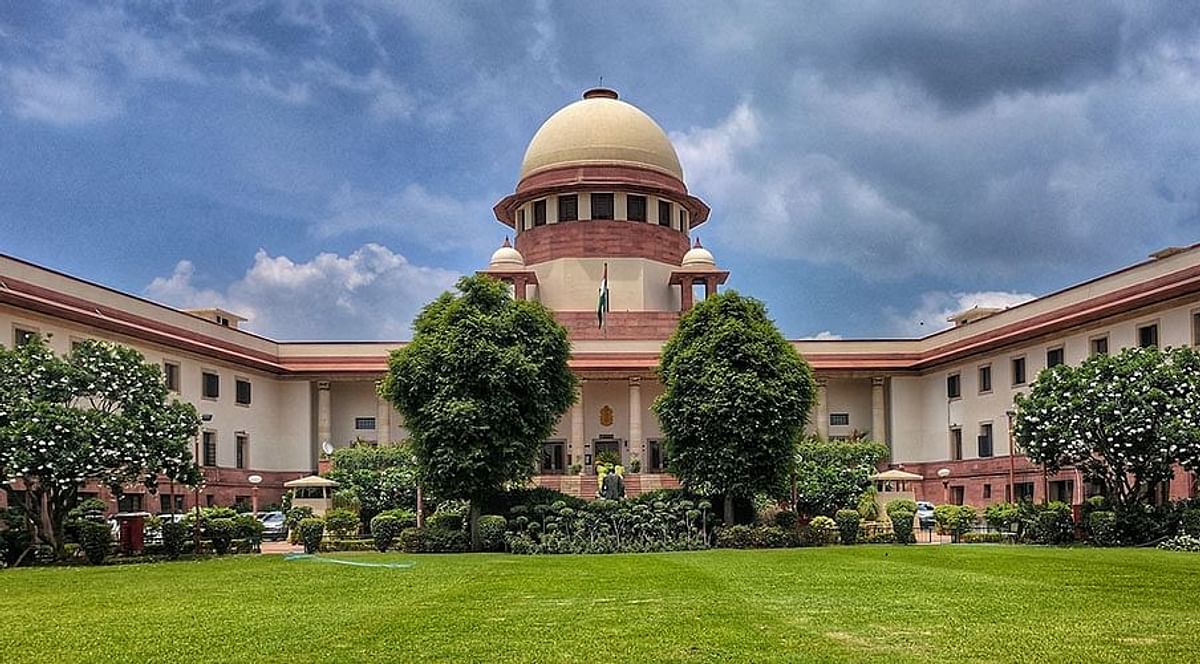
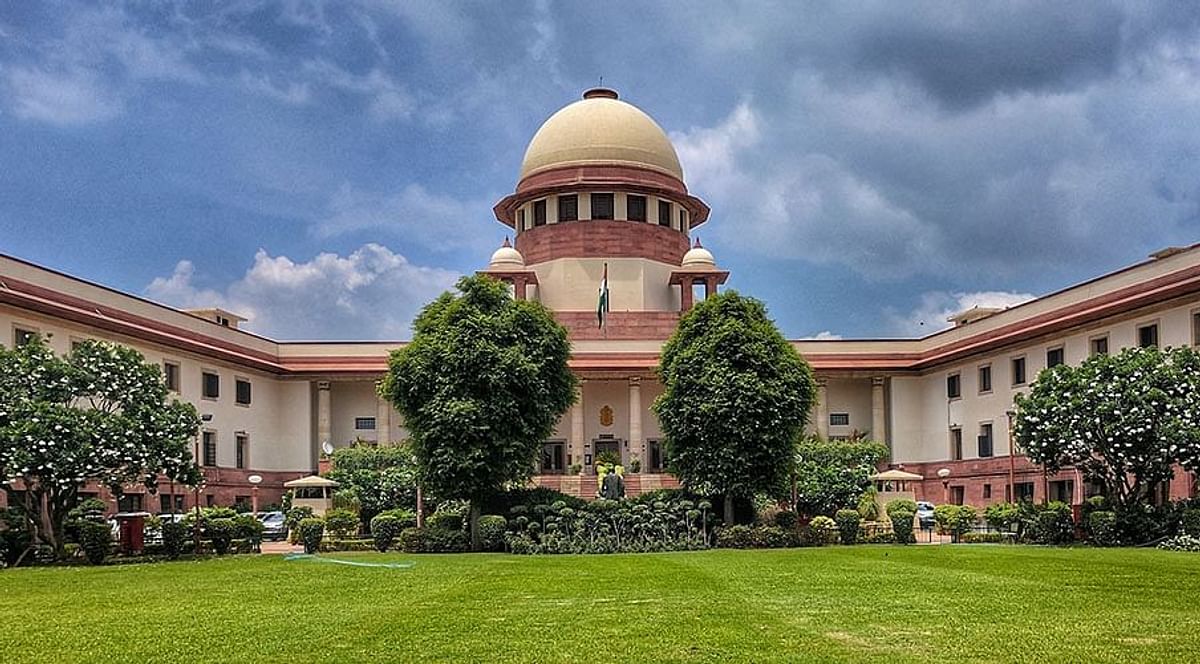
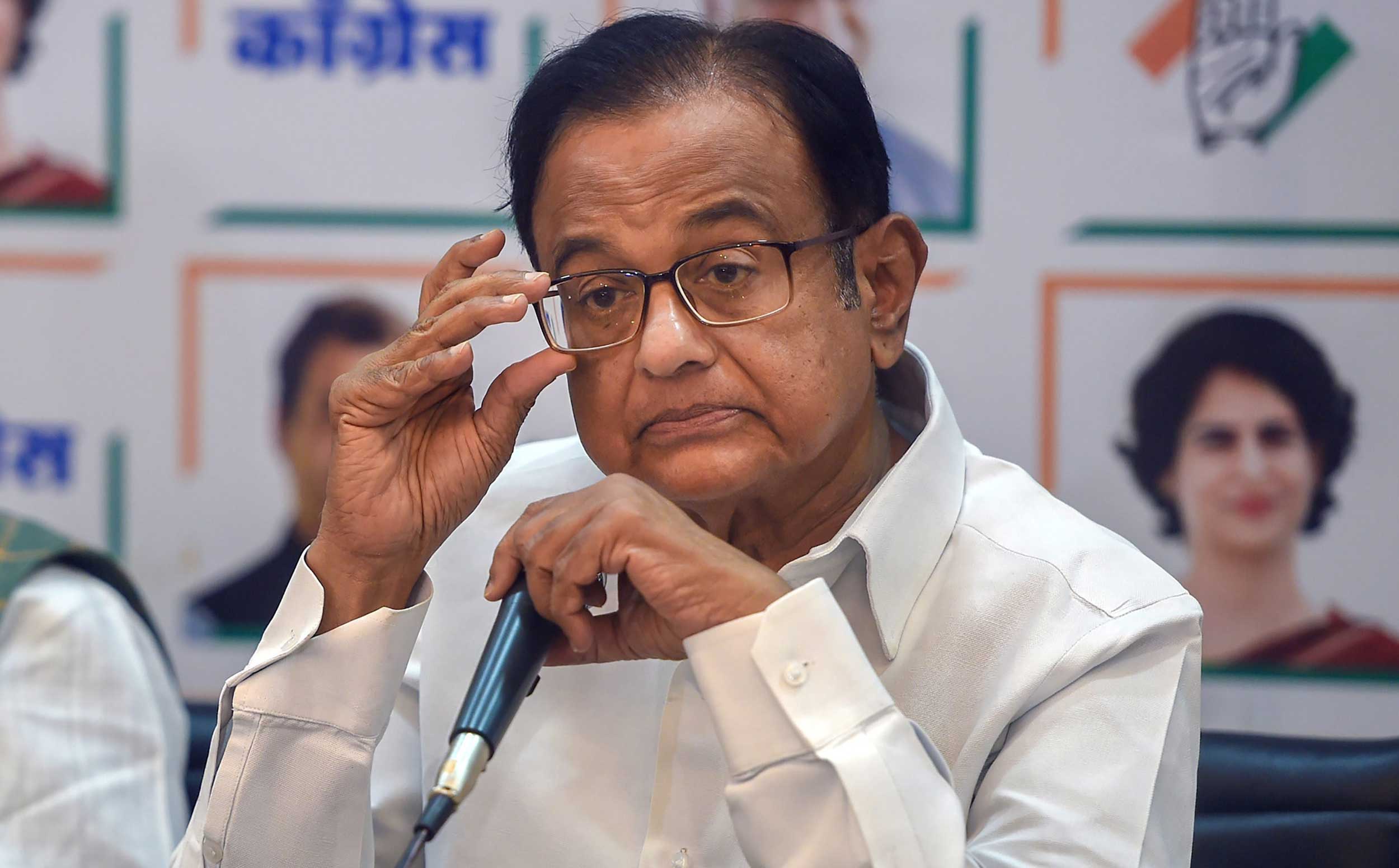



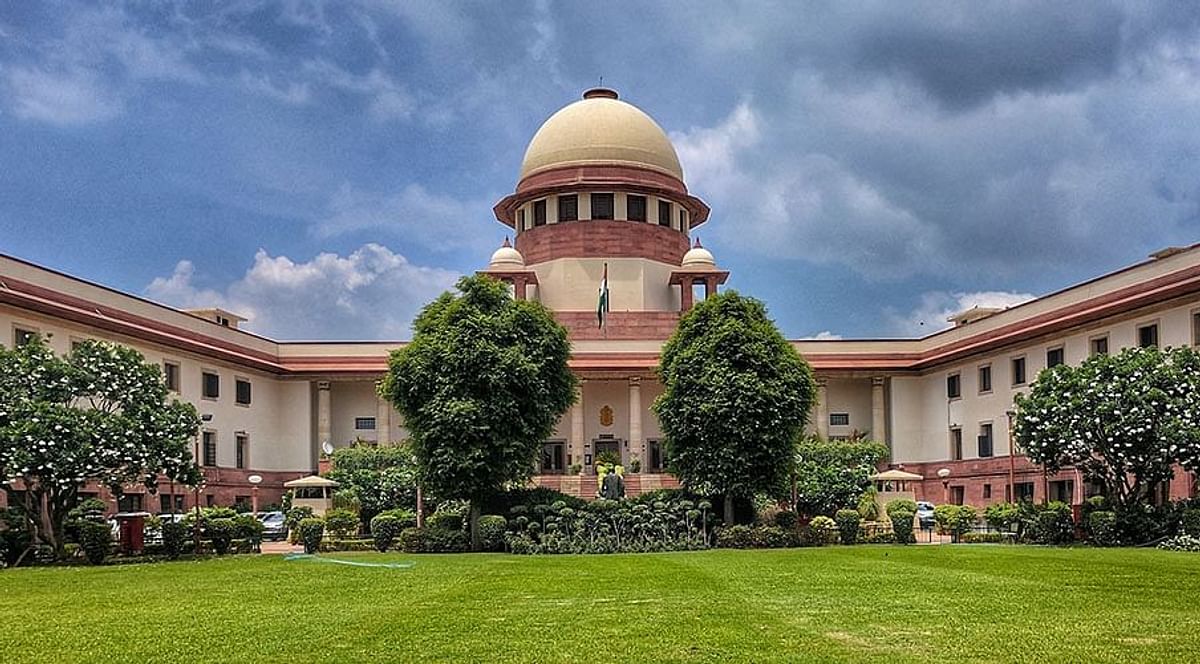
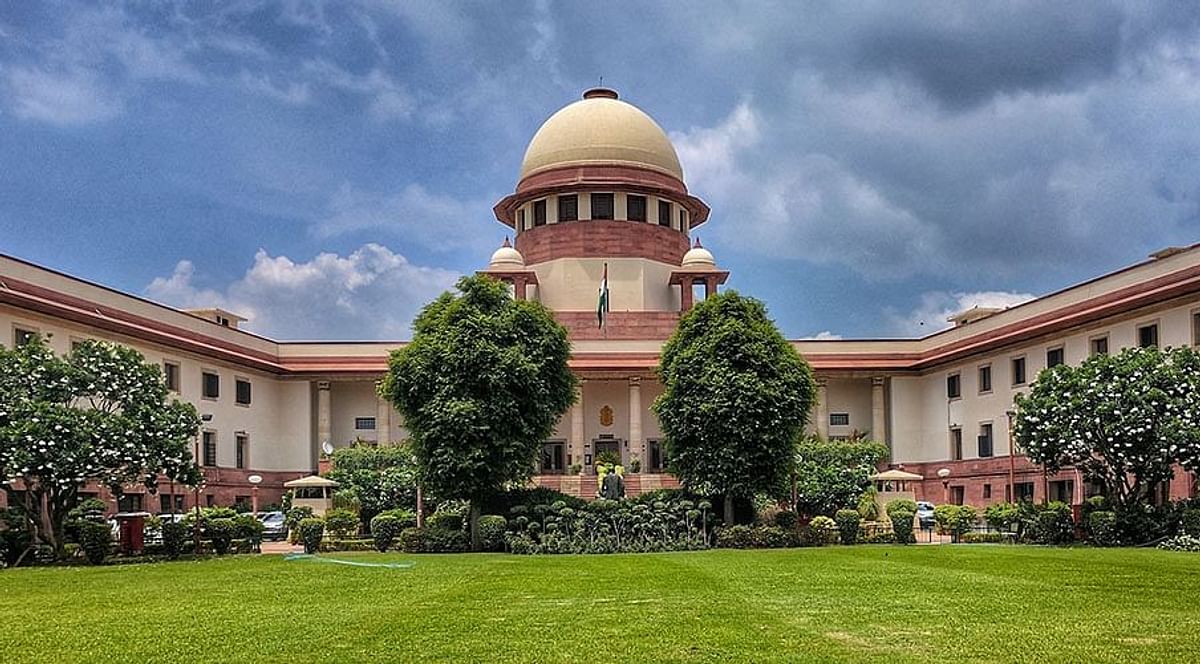
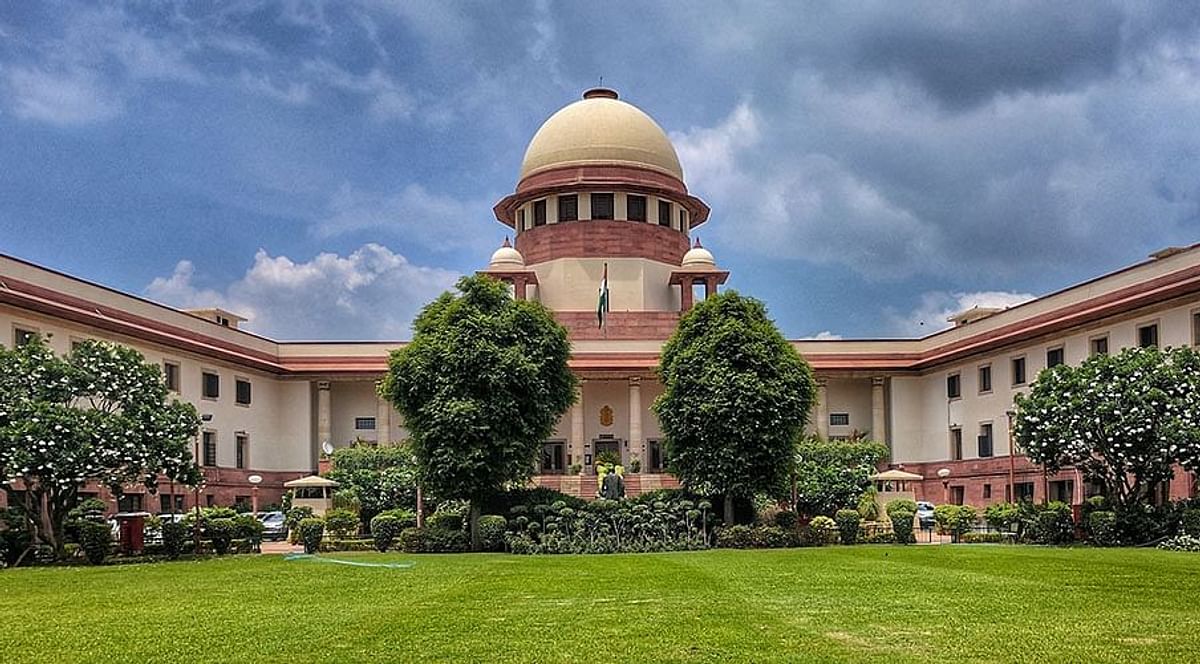







Comments (0)